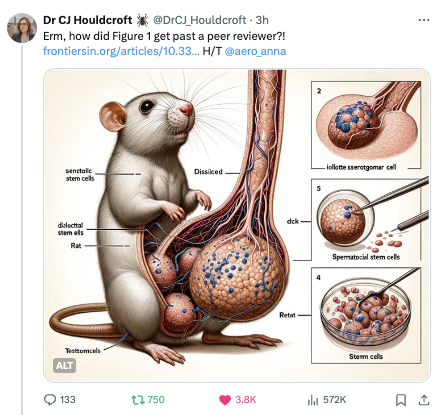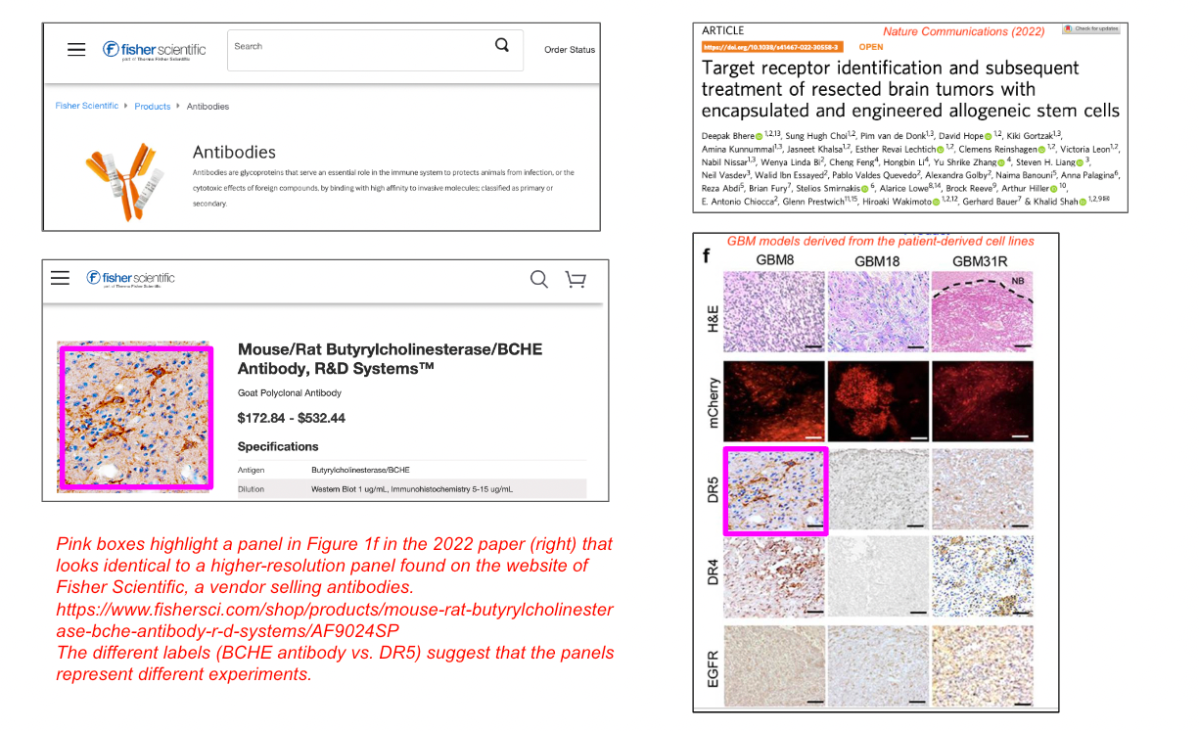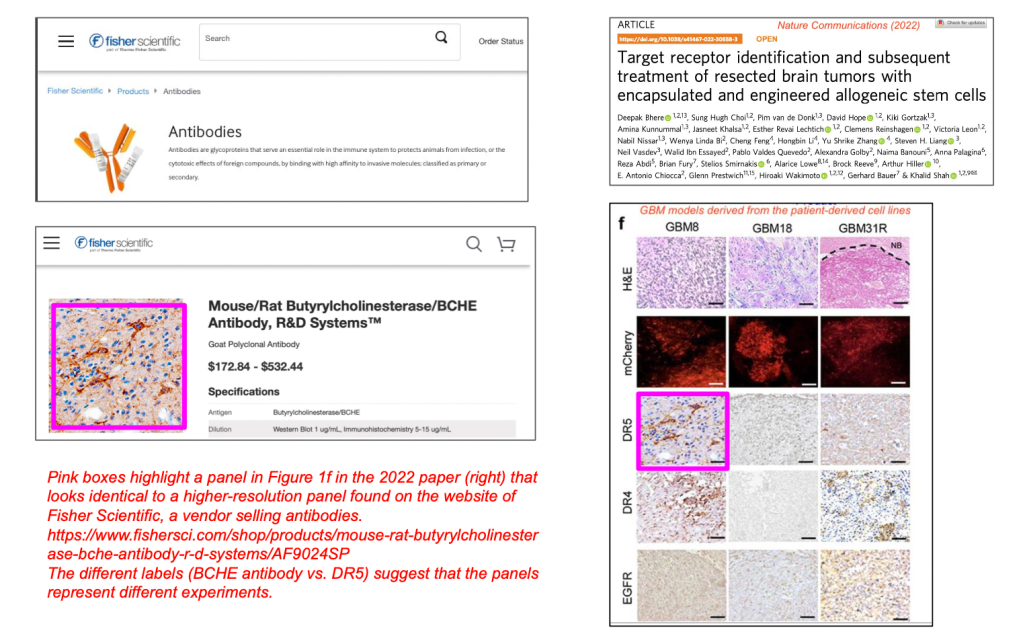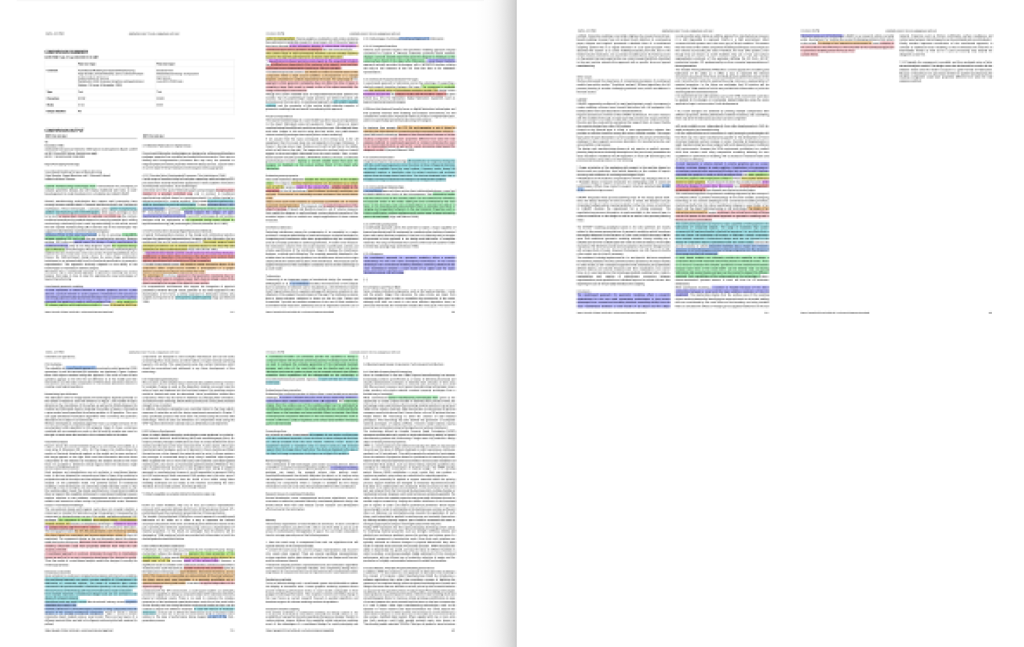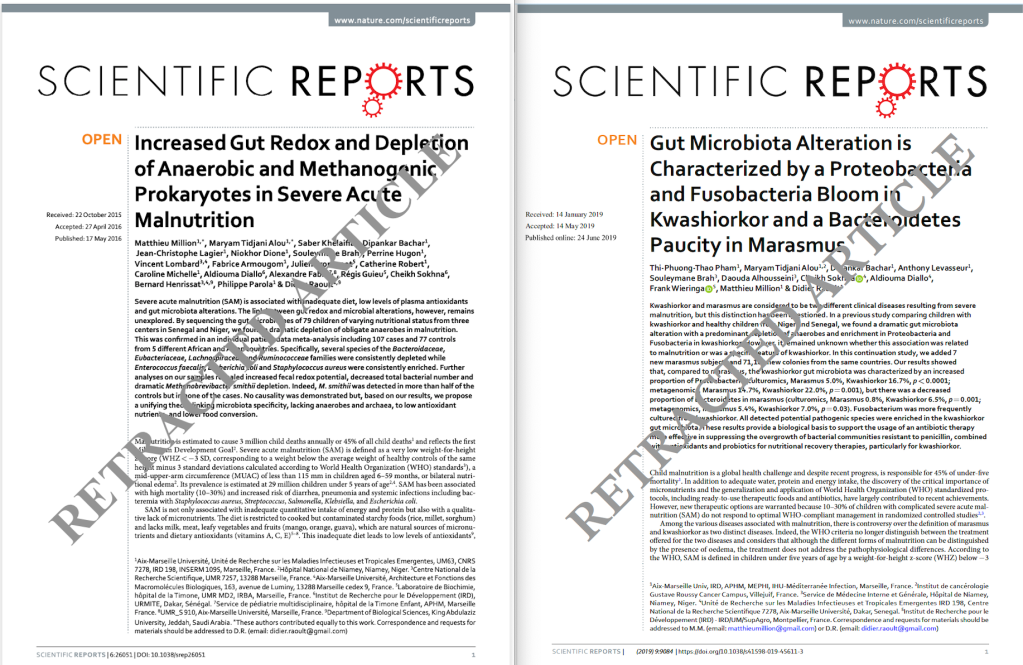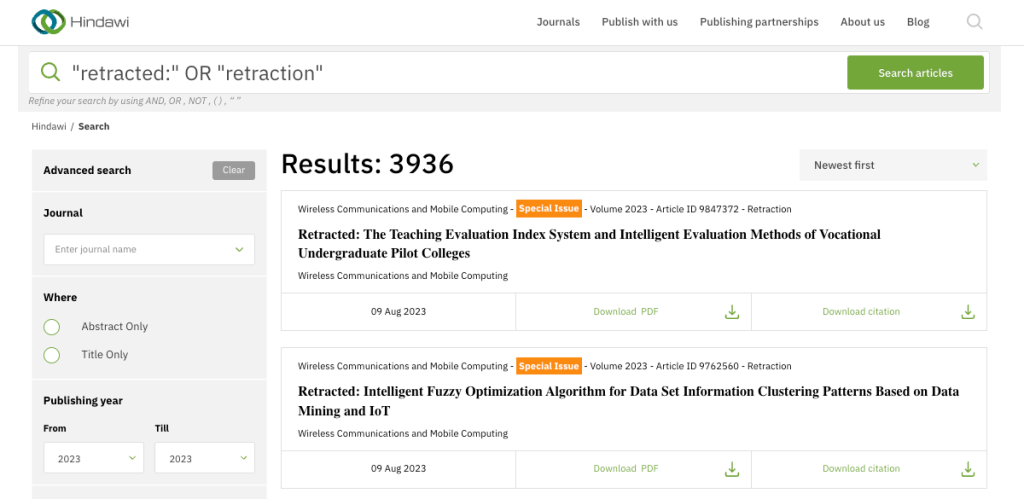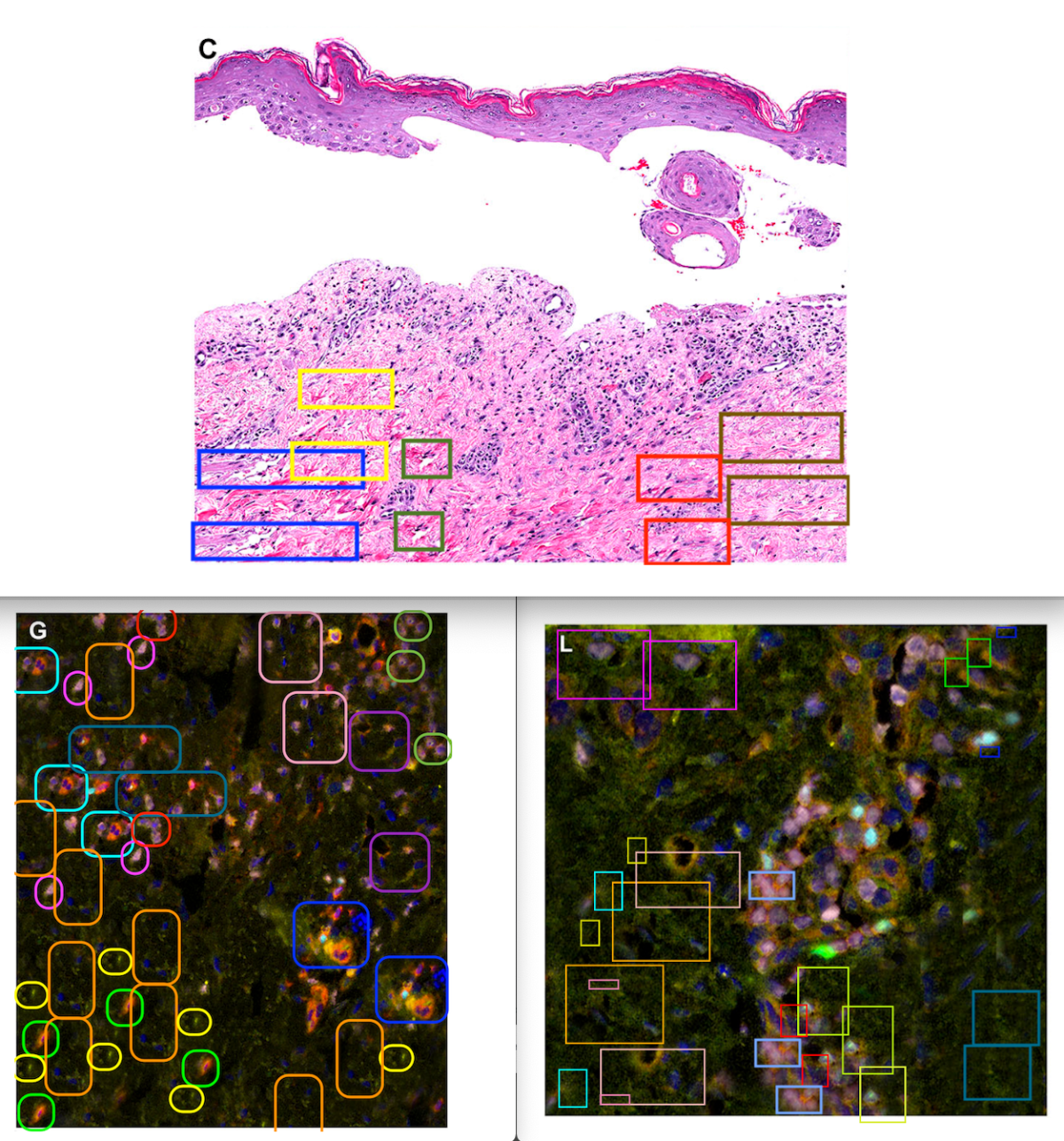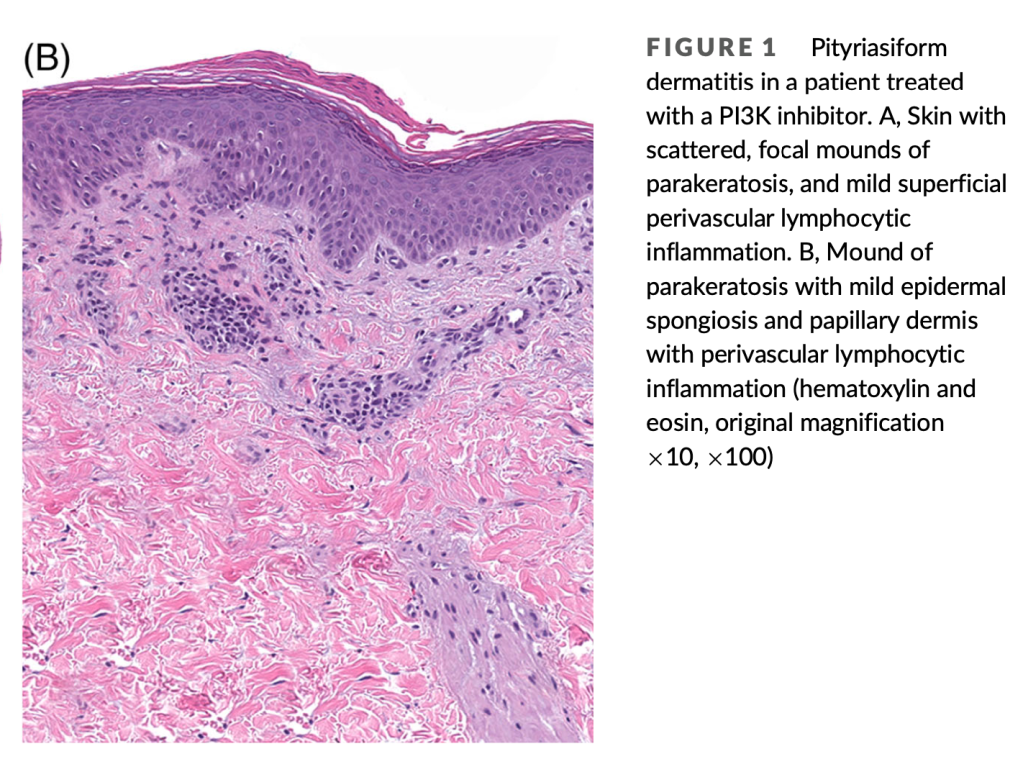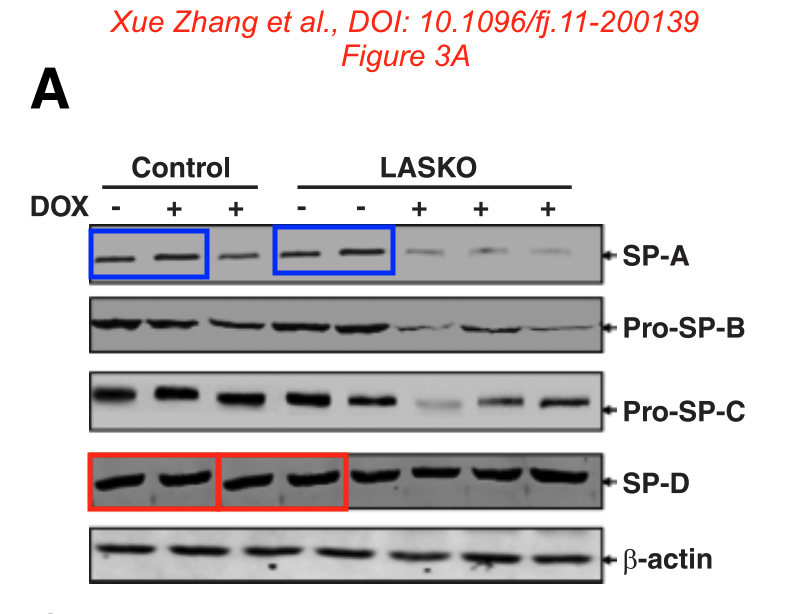Here is a summary of some recent news articles about problematic science papers and the tools used to detect them.
Dana-Farber Cancer Institute problems
The main science integrity story in the past month concerned a set of ~50 papers from four research groups at the Dana-Farber Cancer Institute (DFCI) found by molecular biologist Sholto David from Wales. He first blogged about the set on January 2nd in a guest post on Leonid Schneider’s For Better Science site. Using ImageTwin to scan scientific articles, he discovered image duplication problems in about 30 of these papers. His blog post also included issues with papers from the same researchers, previously flagged by other (anonymous) image sleuths on PubPeer.
This story was then reported by Veronica H. Paulus and Akshaya Ravi of the Harvard Crimson, a student-run newspaper, on January 12. A week later, Angus Chen and Jonathan Wosen reported on the case at STAT News.
Typically with such allegations, the institutions issue a standard reply saying they take breaches of scientific integrity very seriously, and that they will investigate – followed by months or years of silence. But this case was different. On January 22, just three weeks after David’s blog post came out, DFCI responded that they had already investigated most of the cases reported by David, and said that 6 papers would be retracted, and another 31 corrected.
Some other coverage of this story:
Stories about Sholto David
Related to the DFCI story above, several interviews focusing on the work and motivation of Sholto David have been published. Similar to the way in which many other science image-forensics detectives — including myself — work, Dr. David uses both his eyes and software (ImageTwin) to scan scientific papers for image problems. Here are some of the recent profiles:
Plagiarism in dissertations of high-profile persons
At the beginning of this month Dr. Claudine Gay, the president of Harvard University, resigned from her position after receiving criticism for how she and two other top-university presidents handled a Congress hearing about antisemitism on campus, and also for allegations of plagiarism in her PhD thesis. Most criticisms came from conservative people and news sites, turning plagiarism allegations into a political weapon against ‘wokism’ with undertones of racism (Dr. Gay is Black).
Having said that, the plagiarism allegations were credible and real. And it seems fair to have the same standards for university presidents and professors as universities expect students to adhere to.
Business Insider then reported on a similar case of plagiarism in the Harvard dissertation of designer and artist Dr. Neri Oxman, the wife of billionaire Bill Ackman, who was one of the critics of Dr. Gay’s position. Ackman responded on X with some very long tweets basically arguing that the plagiarism of his wife was ‘good plagiarism’ and that of Dr. Gay ‘bad plagiarism’, without convincing me that there was any difference. Ackman was even threatening to sue Business Insider, adding to the emerging picture that science misconduct cases may no longer be investigated based on legitimate allegations of misconduct, but might instead be dismissed by rich people who can afford expensive lawyers to dismiss such allegations because of ‘defamation’. A worrying development that will not serve scientific integrity.
This week, Harvard’s Chief Diversity and Inclusion Officer Sherri A. Charleston was also accused of plagiarism in her PhD thesis.
Additional coverage of this story:
Some more articles of interest
- Gift authorship common in psychology, survey suggests. New findings from a survey of psychology researchers led by Gert Storms show nearly half of the respondents have encountered unethical authorship practices in studies they have been involved in. – Lori Youmshajekian – Retraction Watch
- Paper Trail. In the latest twist of the publishing arms race, firms churning out fake papers have taken to bribing journal editors. A report on a six-month investigation by Science / Retraction Watch in collaboration with scientific fraud buster Nick Wise – Frederik Joelving – Science
- Exclusive: Paper-mill articles buoyed Spanish dean’s research output. Last year, a professor and dean at a university in Spain suddenly began publishing papers with a multitude of far-flung researchers. His coauthors, until then exclusively national, now came from places like India, China, Nepal, South Korea, Georgia, Austria, and the United States – Frederik Joelving – Retraction Watch
- Whistleblowing microbiologist wins unfair dismissal case against USGS. After Evi Emmenegger reported on breaches of animal welfare and biosafety at the US Geological Survey, she was put on leave and later fired. She sued the agency and was found to have been wrongly terminated. She is now preparing to sue for the legal fees she had to pay, and for compensation for medical and other costs. – Rebecca Trager – Chemistry World.
- In D.C. Defamation Trial, Climatologist Michael Mann Confronts the Climate Deniers Who Maligned His Work. His family was devastated when bloggers seeking to discredit him compared him to a sexual predator, Mann told the court. In 2012, Rand Simberg and Mark Steyn publicly accused Mann, then a professor at Penn State University, of scientific misconduct and fraud. Separate investigations by Penn State and the National Science Foundation cleared Mann of any wrongdoing. – Diane Bernard – Desmog
- Professor suspended over academic fraud allegations. Huazhong Agricultural University has suspended the work of a professor with the last name Huang, who students have accused of academic fraud, according to a notice released by the university on Friday morning. – Liu Kun – China Daily
